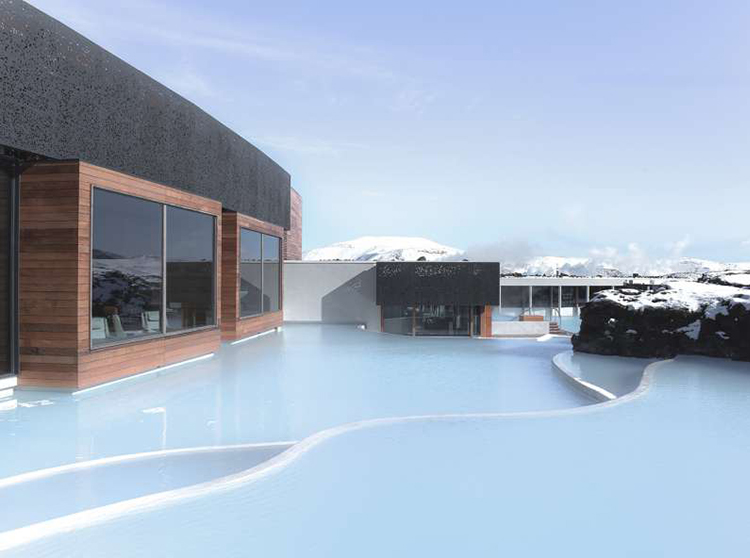Located in Darling Point, a leafy, harbour side suburb of Sydney, Australia, full of historic mansions, heritage-listed residences and modern high-rises, this Victorian cottage has been recently renovated by local practice Alexander & CO. for a family of five. Drawing on the building’s architectural heritage and vernacular sensibility, the light-filled house, which despite its compact size comfortably caters to the family’s requirements, artfully combines nostalgic grandeur with a contemporary aesthetic of understated elegance.

Faced with a compact footprint, the main challenge in renovating this historic two-storey residence was programmatic: the new interiors had to accommodate “adult spaces” where the parents could enjoy privacy, as well as ample room for their three children, including separate rooms with desks, wardrobes and play areas. Therefore the architects boldly reconfigured the existing layout, including relocating the stairs and bedrooms, in order to create a sense of “measured complexity” enabling the family to operate at different time scales. Eschewing an open-plan configuration, instead the house has been conceived as a series of interconnected rooms where the noisy and public can coexist with the intimate and private. This fragmented configuration also allows each member of the family to have a favourite nook or corner that they can claim for themselves, while carefully framed views over the revamped garden impart a distinct focal point in each space.

The interior design which draws from the building’s architectural heritage has created a contemporary version of Victorian vernacular filtered through a lens of minimalist elegance and mid-century glamour.
Paved limestone floors in the kitchen, Victorian floor tiles in the entrance passageway and vestibule, and decorative wall panelling are among some of the historic references that are subtly integrated into the toned-down aesthetic and muted colour palette of the décor, while grander gestures like the swooping staircase that leads to the bedrooms upstairs, the stone hearth in the living room, and the free-standing, claw-foot tub in the master bathroom, further imbue the house with nostalgic sophistication.
The mute, almost monochromatic colour palette is complemented by warm, natural hues and textures, while the minimalist aesthetic is counterbalanced by a focus on hand-crafted detailing, from polished plaster and painted tidelines to ceiling lining boards and mouldings. Polished timber floorboards, richly textured carpets and brass details, including several luminaires and kitchen fittings, evoke a timeless elegance that echo both the house’s Victorian heritage and the contemporary modernism of the renovation in a poetic balance of reverential youthfulness.
























